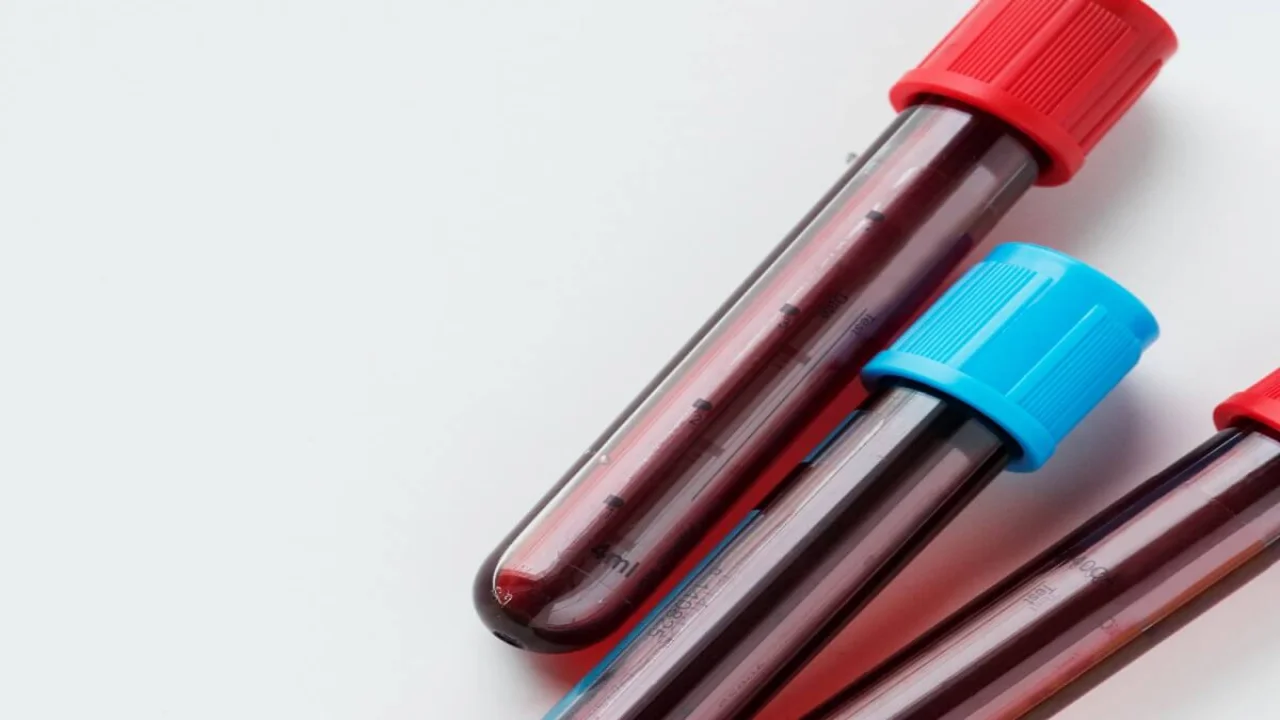Toxicology Test: Drug Screening for Poison Detection in Blood and Urine
Toxicology tests detect drugs, poisons, and harmful substances in blood, urine, and hair. Learn about methods, applications, and interpreting results in medical, workplace, and legal settings.

Toxicology tests are essential diagnostic tools used to detect drugs, poisons, and other harmful substances in the body. These tests analyze biological samples like blood, urine, or hair to identify exposure to toxins, ensuring safety in medical, workplace, and legal contexts.
What Is a Toxicology Test?
A toxicology test is a scientific method for identifying drugs, alcohol, and toxic substances in biological samples. These tests serve multiple purposes:
- Medical Diagnostics: Assisting in diagnosing overdoses and poisonings.
- Workplace Drug Screening: Ensuring employees meet safety and compliance standards.
- Legal and Forensic Investigations: Providing evidence in criminal and civil cases.
By offering accurate detection, toxicology tests help safeguard health, improve safety, and support judicial processes.
Types of Toxicology Tests
Urine Toxicology Test
Urine toxicology tests are widely used for their simplicity, non-invasiveness, and cost-effectiveness. These tests detect traces of drugs or their metabolites, covering substances like:
- Marijuana
- Cocaine
- Opioids (e.g., heroin, oxycodone)
- Amphetamines
- Benzodiazepines
They are effective for identifying recent drug use and are frequently used in workplace screenings.
Blood Toxicology Test
Blood toxicology tests provide detailed insights into current substance levels in the bloodstream. They are ideal for:
- Measuring alcohol concentration
- Detecting prescription and illicit drugs
- Evaluating toxicity in emergencies
While more invasive and expensive, blood tests are highly accurate and crucial for medical and legal purposes.
Hair and Saliva Testing
Hair toxicology tests detect long-term drug use, while saliva tests focus on recent exposure. These methods complement urine and blood tests, offering additional accuracy in specific scenarios such as forensic investigations.
What Drugs Are Tested in a Toxicology Report?
Toxicology reports are tailored to detect a wide range of substances, depending on the test panel. Common drug panels include:
- 5-Panel Test: Screening for marijuana, cocaine, amphetamines, opioids, and PCP.
- 10-Panel Test: Includes barbiturates, benzodiazepines, methadone, and more.
- Expanded Panels: Test for synthetic drugs like fentanyl and designer substances.
These tests also detect:
- Alcohol
- Prescription medications
- Heavy metals like lead and mercury
Advanced methods, including gas chromatography-mass spectrometry (GC-MS), ensure precise identification and minimize errors.
How Toxicology Testing Works
Sample Collection
Samples such as urine, blood, or hair are collected under strict protocols to maintain integrity. Urine collection is the least invasive, while blood sampling provides immediate data on drug levels.
Laboratory Analysis
The initial analysis involves immunoassay screening for quick results. Positive findings are confirmed using GC-MS or high-performance liquid chromatography (HPLC) to enhance accuracy.
Interpretation of Results
Results depend on factors like:
- Metabolism: Individual metabolic rates affect substance clearance.
- Frequency: Chronic use may leave detectable traces longer.
- Timing: The time since exposure impacts detectability.
Professional interpretation ensures the results are meaningful and actionable.
Applications of Toxicology Testing
Medical Diagnosis and Treatment
Toxicology tests are life-saving tools in emergencies, enabling rapid treatment of overdoses and poisonings. For example, detecting opioid toxicity can guide the administration of naloxone.
Workplace and Sports Testing
Drug screenings in workplaces and sports promote safety and compliance. Toxicology tests deter substance abuse and help maintain performance standards.
Forensic and Legal Contexts
In legal cases, toxicology tests provide critical evidence, such as determining cause of death in autopsies or verifying DUI allegations. These tests ensure accountability and justice.
Understanding Alere Toxicology Urine Drug Tests
Alere toxicology urine drug tests are renowned for their reliability. They detect a wide range of drugs, including opioids, amphetamines, and benzodiazepines, making them a popular choice for workplace and clinical screenings. These tests deliver rapid, accurate results and support confirmatory testing when necessary.
Common Misconceptions About Toxicology Tests
- Myth: Toxicology tests are infallible. Fact: While highly accurate, false positives or negatives can occur, necessitating confirmatory tests.
- Myth: All substances are equally detectable. Fact: Detection varies based on the substance and testing method. Synthetic drugs may require specialized testing.
Addressing these misconceptions helps in better understanding the capabilities and limitations of toxicology tests.
Featured Insights: Toxicology Testing in Focus
Toxicology tests are vital tools for identifying harmful substances in medical, workplace, and legal scenarios. From urine and blood tests to advanced confirmatory methods like GC-MS, these tests provide accurate and actionable results. Understanding their purpose, methods, and applications empowers individuals to make informed decisions for health and safety.
FAQs
How long does it take to get toxicology test results?
Can toxicology tests detect alcohol?
Why are some drugs harder to detect?
The information on this page is peer reviewed by a qualified editorial review board member. Learn more about us and our editorial process.
Last reviewed on .
Article history
- Latest version
Cite this page:
- Posted by Dayyal Dungrela